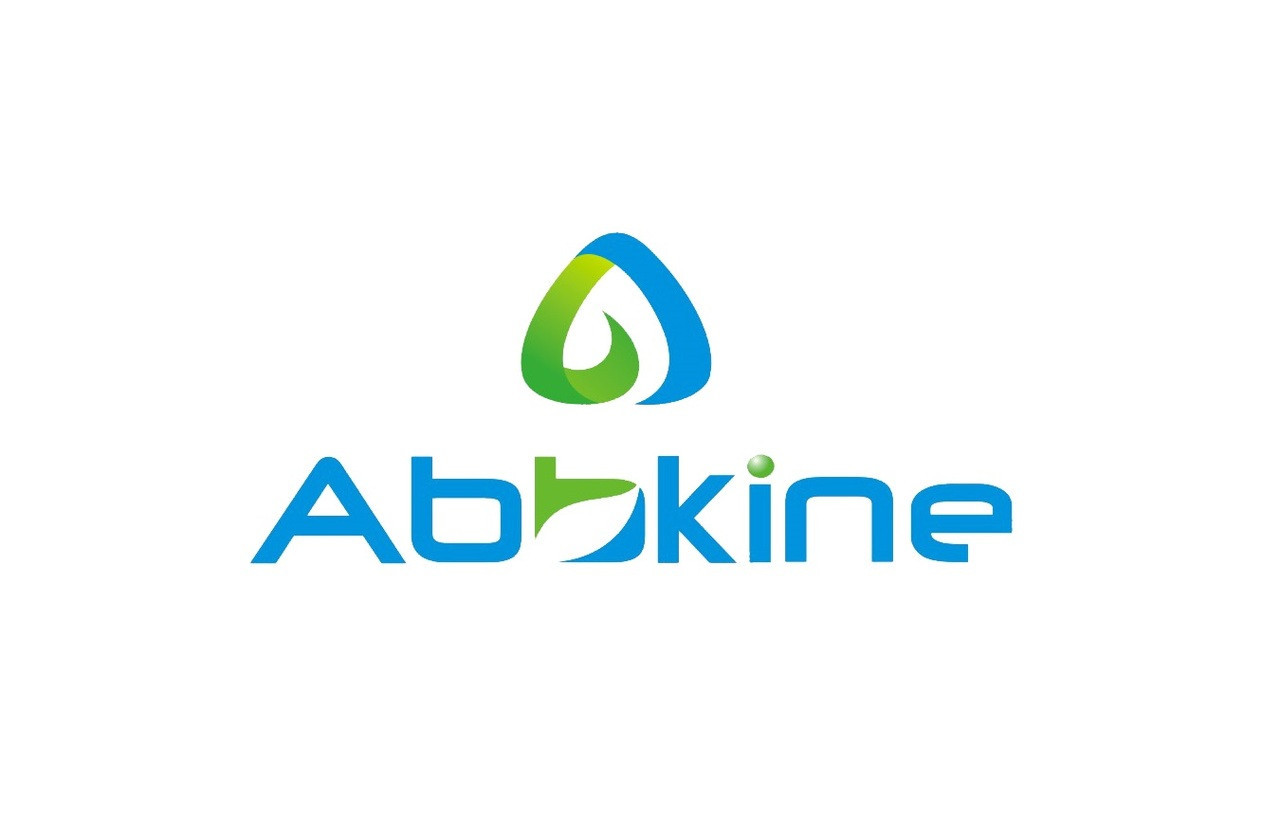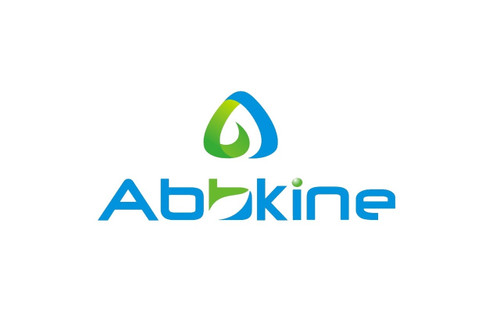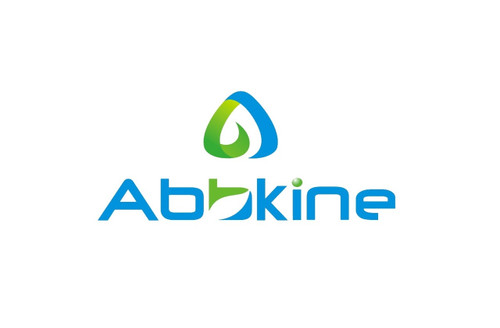Product Description
Rat Vascular endothelial cell growth factor receptor 2 (VEGFR-2/Flk-1) ELISA Kit | KTE100727 | Abbkine
Application: This Rat Vascular endothelial cell growth factor receptor 2 (VEGFR-2/Flk-1) ELISA Kit employs a two-site sandwich ELISA to quantitate KDR in samples. An antibody specific for KDR has been pre-coated onto a microplate. Standards and samples are pipetted into the wells and anyKDR present is bound by the immobilized antibody. After removing any unbound substances, a biotin-conjugated antibody specific for KDR is added to the wells. After washing, Streptavidin conjugated Horseradish Peroxidase (HRP) is added to the wells. Following a wash to remove any unbound avidin-enzyme reagent, a substrate solution is added to the wells and color develops in proportion to the amount of KDR bound in the initial step. The color development is stopped and the intensity of the color is measured.
Detection Method: Colorimetric
Conjugate: N/A
Sample Type: Cell culture supernatants#Serum#Plasma#Other biological fluids
Assay Type: Multiple steps standard sandwich ELISA assay with a working time of 3-5 hours. It depends on the experience of the operation person.
Kit Component: • Rat Vascular endothelial cell growth factor receptor 2 microplate
• Rat Vascular endothelial cell growth factor receptor 2 standard
• Rat Vascular endothelial cell growth factor receptor 2 detect antibody
• Streptavidin-HRP
• Standard diluent
• Assay buffer
• HRP substrate
• Stop solution
• Wash buffer
• Plate covers
Features & Benefits: Rat Vascular endothelial cell growth factor receptor 2 (VEGFR-2/Flk-1) ELISA Kit has high sensitivity and excellent specificity for detection of Rat KDR. No significant cross-reactivity or interference between Rat KDR and analogues was observed.
Calibration Range: Please inquire
Limit Of Detection: Please inquire
Usage Note: • Do not mix components from different kit lots or use reagents beyond the kit expiration date.
• Allow all reagents to warm to room temperature for at least 30 minutes before opening.
• Pre-rinse the pipet tip with reagent, use fresh pipet tips for each sample, standard and reagent to avoid contamination.
• Unused wells must be kept desiccated at 4 °C in the sealed bag provided.
• Mix Thoroughly is very important for the result. It is recommended using low frequency oscillator or slight hand shaking every 10 minutes.
• It is recommended that all samples and standards be assayed in duplicate or triplicate.
Storage Instruction: The unopened kit should be stored at 2 - 8°C. After opening, please store refer to protocols.
Shipping: Gel pack with blue ice.
Precaution The product listed herein is for research use only and is not intended for use in human or clinical diagnosis. Suggested applications of our products are not recommendations to use our products in violation of any patent or as a license. We cannot be responsible for patent infringements or other violations that may occur with the use of this product.
Background: Vascular endothelial growth factor (VEGF) is a major growth factor for endothelial cells. This gene encodes one of the two receptors of the VEGF. This receptor, known as kinase insert domain receptor, is a type III receptor tyrosine kinase. It functions as the main mediator of VEGF-induced endothelial proliferation, survival, migration, tubular morphogenesis and sprouting. The signalling and trafficking of this receptor are regulated by multiple factors, including Rab GTPase, P2Y purine nucleotide receptor, integrin alphaVbeta3, T-cell protein tyrosine phosphatase, etc.. Mutations of this gene are implicated in infantile capillary hemangiomas. [provided by RefSeq, May 2009]
Alternative Names: KDR; CD309; FLK1; VEGFR; VEGFR2; fetal liver kinase-1; kinase insert domain receptor; protein-tyrosine kinase receptor Flk-1; soluble VEGFR2; tyrosine kinase growth factor receptor; vascular endothelial growt
Search name: KDR; CD309; FLK1; VEGFR; VEGFR2; fetal liver kinase-1; kinase insert domain receptor; protein-tyrosine kinase receptor Flk-1; soluble VEGFR2; tyrosine kinase growth factor receptor; vascular endothelial growt
Tag: KDR
 Euro
Euro
 USD
USD
 British Pound
British Pound
 NULL
NULL












